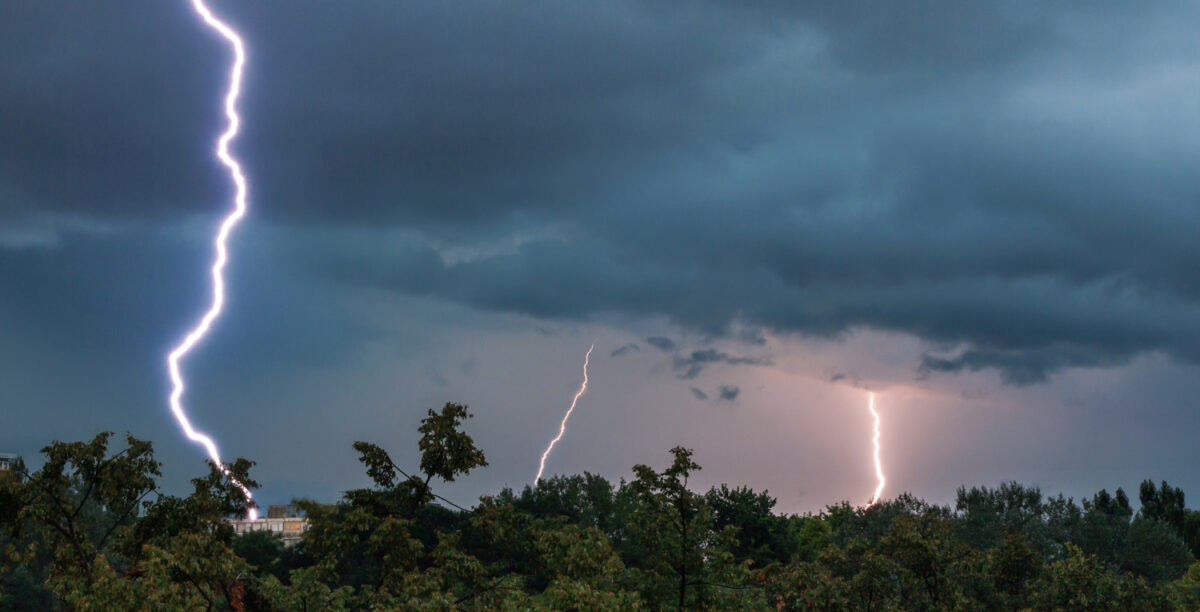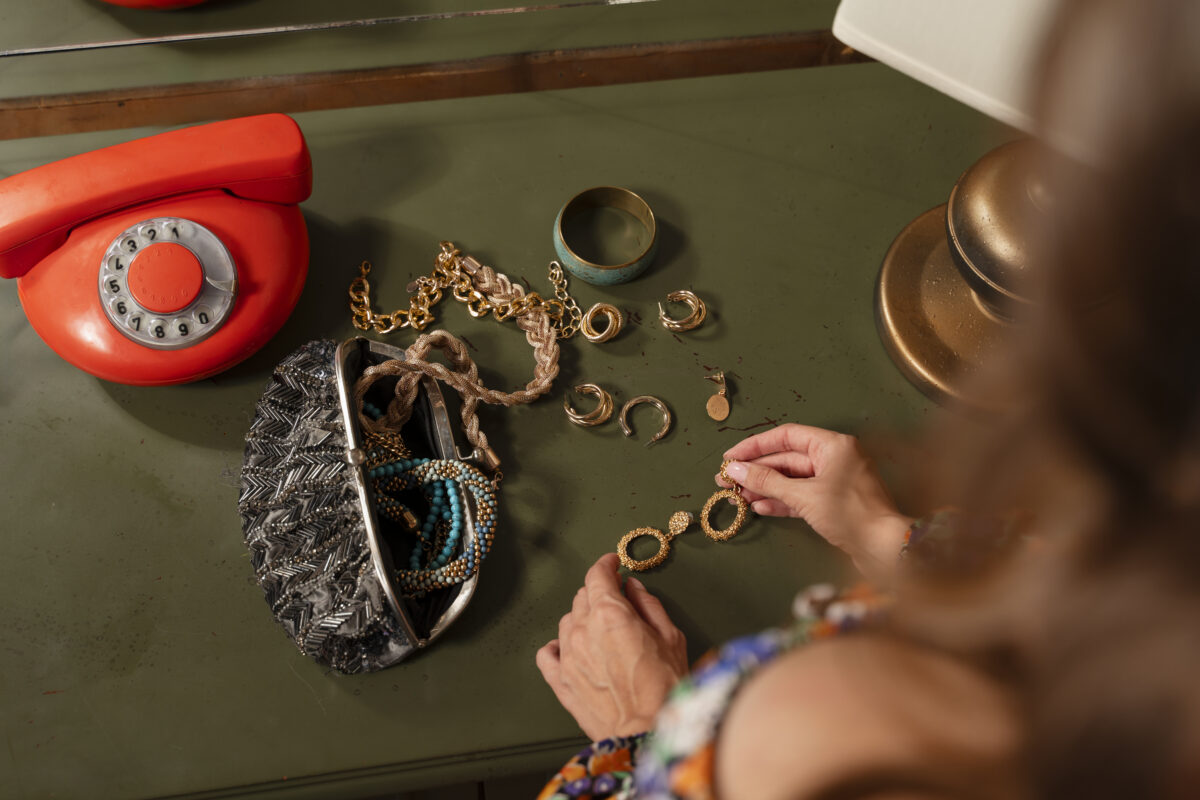Storms are unpredictable and can cause devastating property damage and even loss of life. For people living in areas like Southwest Florida where hurricanes are quite common, it becomes vital to know how to prepare when your home falls within the “cone of uncertainty.”
While the cone represents the projected path of a hurricane, the exact path may be uncertain and the storm can still move outside this cone. Thus, it becomes important to stay prepared even if your home doesn’t come directly in the projected path. Let’s explore how you can stay safe and protect your home and loved ones.
Start with a Hurricane Plan
The best way to prepare for a storm is by creating a comprehensive hurricane plan. The plan should include details like safe evacuation routes that can be used to leave your home during an emergency. You must find some nearby shelters where you can stay if you have to evacuate.
You should also decide how you will communicate with your family in such circumstances and have a meeting point to gather at in case you get separated. Plus, keep an emergency kit stocked with essential items like water, packaged food items, first-aid supplies, batteries, flashlights, etc.
Secure Your Home
Hurricanes are typically accompanied by harsh winds and flying debris, these weather conditions can cause severe damage to your home which is why it becomes crucial to protect your home. Overgrown trees should be properly trimmed and pruned so that weak branches don’t fall and cause property damage during the storm.
Having hurricane shutters installed on your windows can provide you with comprehensive protection against flying debris and strong winds. You must get your roof checked by a professional before hurricane season begins to ensure that no loose tiles come off during the storm and cause water seepage in your home. Plus, outdoor furniture, planters and any other loose items must be secured so that they don’t turn into dangerous projectiles during strong winds.
Monitor Weather Updates
Stay informed by regularly following weather updates from a reliable source. As weather can change rapidly, it is vital to keep up with the latest weather forecasts and advisories from authorities to stay safe. This will allow you to make necessary preparations and decisions about whether to stay put or evacuate.
Prepare for Power Outages
During storms, power outages are quite common, this is why it’s important to have your devices charged at all times. Usually, warnings about hurricanes come a few days prior so you should take this time to charge your portable charger and other devices.
Stocking up on supplies like matches, battery operated lights and battery-operated radios can help you communicate and walk in your home safely in the dark. To avoid food spoilage, you should use up perishable food items before the hurricane strikes and keep a supply of non-perishable food items and water.
Review Your Insurance Coverage
Before storm season, you should thoroughly review your insurance policy to ensure it provides adequate storm damage coverage. Usually, standard homeowner’s insurance does not provide coverage for flood damage but as flooding happens often during storms, it becomes vital to add flood insurance if you don’t already have it. You should also properly document your belongings by taking photos and videos to make the claims process easier if you need to file for damages.
At Rosier Insurance, we offer comprehensive hurricane insurance in Bonita Springs, Naples, and Sanibel, FL to help you protect what matters most. Get in touch with us today to ensure your insurance coverage is up-to-date and adequate for hurricane season. Our skilled team can assist you in exploring insurance policy options so that you can opt for insurance that provides reliable protection and fits your needs.


